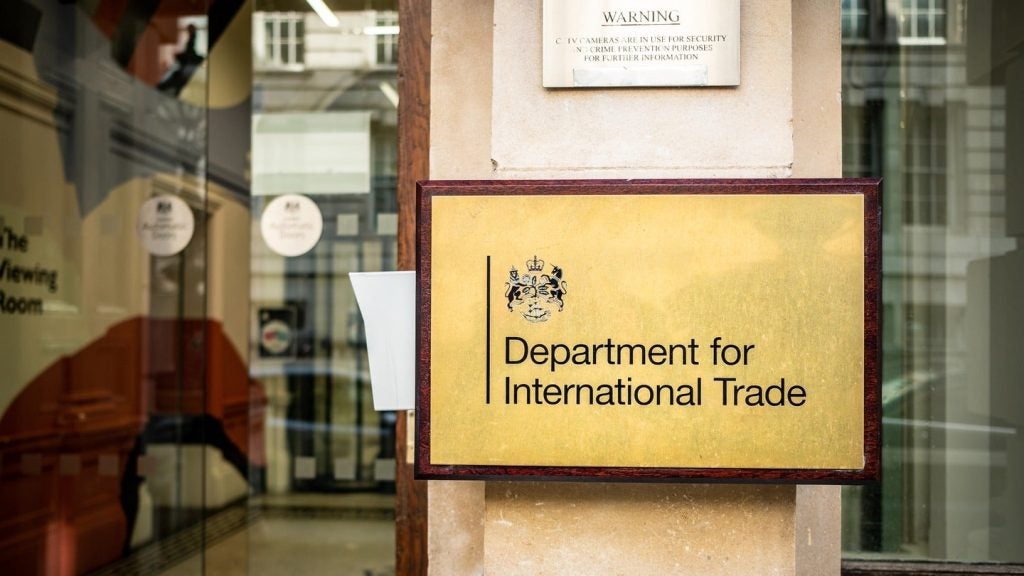Kenya is in the middle of a financial revolution due to the success of M-Pesa. Cards International examines this trend, and the cards market in general, and how it is playing its part in boosting the payments market
Kenya is a testing ground for a revolution that could help extend financial inclusion to some of the world’s poorest and most remote locations. The Kenyan cards and payments industry is known largely for the success of mobile payments provider M-pesa.
In November 2013, the east African countries of Kenya, Tanzania, Uganda, Rwanda and Burundi signed a protocol laying the foundation for monetary union within 10 years, which will allow them to expand regional trade and commerce.
As the economies of the east African bloc integrate their electronic payment infrastructures, it should become easier to make transactions between and within these countries. This would offer Kenya an opportunity to increase electronic payments across the region.
Kenya is developing into a hub for electronic payments, and is likely to become a focal point for wider growth across east Africa. A number of economic and demographic factors have driven the growth of the Kenyan cards and payments industry.
The country is renowned as one of the most peaceful and stable in Africa. Demographically and economically, the country is well positioned, with an average age of just 18, and expectations of healthy GDP growth over the period 2014 to 2018.
How well do you really know your competitors?
Access the most comprehensive Company Profiles on the market, powered by GlobalData. Save hours of research. Gain competitive edge.

Thank you!
Your download email will arrive shortly
Not ready to buy yet? Download a free sample
We are confident about the unique quality of our Company Profiles. However, we want you to make the most beneficial decision for your business, so we offer a free sample that you can download by submitting the below form
By GlobalDataYoung populations are typically more willing to embrace innovation and technology, and have long working lives ahead of them, making them more likely to become wealthier and consume more banking products and services.
In terms of the number of cards in circulation, Kenyan payment cards (including debit, credit and charge cards) registered robust growth during the review period (2009-2013), from recording a compound annual growth rate (CAGR) of 26.32% to increasing from 3.8m cards in 2009 to 9.7m in 2013. In terms of transaction value, payment cards valued KES1.5trn ($18.5bn) in 2013, after registering a significant review period CAGR of 34.40%.
The average transaction value (ATV) in Kenya was $49.3 in 2013, which was the fourth-highest among its peer countries. Egypt recorded the highest ATV with $97.7, followed by Morocco with $94.3, South Africa with $54.6, and Nigeria with $38.4. In terms of card penetration, Kenya recorded 0.22 cards per inhabitant in 2013, while South Africa, Morocco, Nigeria and Egypt recorded respective amounts of 1.25, 0.33, 0.20 and 0.18. In terms of frequency of use, Kenya recorded 35.5 transactions per card in 2013, while South Africa, Morocco, Egypt and Nigeria recorded 38.2, 21.1, 15.7 and 12.0 respectively.
Growth of Kenya’s government’s financial inclusion programme was supported by an improved banking infrastructure, new product developments and growing awareness of electronic payments.
The adoption of Europay, MasterCard and Visa (EMV) standards also supported the industry’s growth, as well as the emergence of contactless technology. Debit cards continue to dominate the Kenyan cards and payments industry.
Under the financial inclusion plan, the Kenyan government and the country’s banks are striving to offer basic banking services to individuals in rural areas, where access to banking infrastructure is minimal. Banks are appointing agents to increase their customer bases, expanding their ATM networks and establishing new branches. Agents are educating the rural population of the importance of access to formal banking services, and helping them to open bank accounts.
Banks used to issue ATM cards for the sole purpose of cash withdrawals, but as the government realised the need to reduce cash transactions, it urged banks to start replacing ATM cards with multi-purpose debit cards. Increasing awareness takes time, however, and most Kenyan consumers use debit cards mainly at ATMs.
Banks are increasingly offering reward points and discounts at partner retailers to encourage card use at POS terminals and online, which may lead to a shift over the forecast period. Consequently, the number of debit cards in circulation, transaction values and volumes are expected to grow over the forecast period. Debit cards’ transaction value increased significantly during the period 2009-2013 at a CAGR of 34.70% to reach KES1.4trn in 2013, and is anticipated to increase further at a CAGR of 30.14% from 2014-2018 to reach KES6.1trn in 2018.

Prepaid cards offer growth prospects
The Kenyan prepaid market remains in its early stages – fragmented and uneven, but growing quickly despite heavy competition from M-Pesa. The number of prepaid cards in circulation increased significantly during the review period, from 16,749 in 2009 to 73,395 in 2013, at a CAGR of 44.68%.
The number is anticipated to increase further over the forecast period, from 135,643 in 2014 to 515,860 in 2018, at a CAGR of 39.65%.
To capture the untapped market, banks, card issuers and retailers are launching prepaid card variants. In October 2012, Kenya’s largest retail chain, Nakumatt, launched the Nakumatt Global MasterCard Prepaid card, enabled with contactless technology.
MasterCard collaborated with Nakumatt’s banking partners, Diamond Trust Bank (DTB) and Kenya Commercial Bank (KCB), as part of the launch, with both banks issuing prepaid cards to retail customers. In July 2013, Visa launched the Mi-Card prepaid card in association with Mi-Fone and DTB, targeting smartphone users. In May 2014, the Kenyan Public Transport Industry announced plans to introduce prepaid cards to pay for transport fares.
Adoption of contactless technology
In June 2012, Google introduced the Beba Card transport payment card for Citi Hoppa buses using NFC technology. Cardholders can load money and make fare payments by tapping the card on a handheld device. Similarly, Visa’s country director for East and Central Africa, Victor Ndlovu, announced that Visa is ready to roll out NFC in Kenya, but is waiting for a financial partner to bridge the technological gaps in the retail and transport sectors.
As the volume of smartphone users increases, NFC-based payments become not only easier to provide platforms for consumers, but are also more convenient.
Mobile payments gaining prominence
The Kenyan cards and payments industry is highly driven by mobile, largely through M-Pesa. The business was initially established by DFID, the UK’s Department for International Development, and Vodafone subsidiary Safaricom. The Central Bank of Kenya (CBK) also played a role in its development. Its strategy has been based on promoting the uptake of mobile-based financial services to the rural, unbanked population, indicating a clear economic rationale for the development of m-payments in Kenya and other countries.
M-Pesa has already expanded in Kenya and other east African markets, and is banking on the economies becoming more closely integrated and payment volumes increasing.








